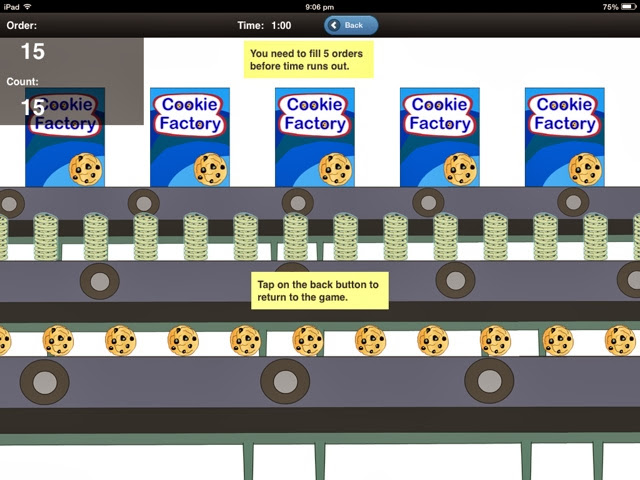 For part 1 of this review see: Minecraft for beginners
For part 1 of this review see: Minecraft for beginners
Name: Minecraft
Format: Mac and PC, X-Box, Playstation and both iOS & Android tablets
Publisher: mojang
Price in AUD (at time of review): There is a trial version for free on Mac and PC - you buy this from the website https://minecraft.net/ . Minecraft: Pocket Edition is free on iOS and Android tablets, this does not save progress though. The paid version is roughly AU$30, as a one off payment. At the moment, you will need to purchase Minecraft either on the computer or iPad/device or X-box (online purchase or disc), as the one account wont transfer between the different interfaces. There is an option to share accounts between devices, over a network- so a friend visiting us can play in LT’s minecraft world on their own device, LT and friend can explore and build together in this world. In a few months, ‘minecraft realms’ will be available, and enable use of one account across these interfaces.
In app purchases enabled? Full content unlocked with subscription- there are no in app/game purchases.
Age suitable for: primary school to adult
How can it support learning? Minecraft is used in many schools as an environment for students to build and explore. It is referred to as a ‘sandbox’ as you can use this as a creative tool. If you think of it as ‘virtual lego’ it helps :)
Curriculum links? This can conceivably span any number of curriculum areas - it is up to the students and teachers to link this to learning.
Fiona's Review- Hints for parents
For a long time I could only watch my son and husband playing minecraft for short bursts. It made me dizzy very quickly as I tried to walk around the 'world'. We got around this for a while by playing on the X-Box edition, and I could tolerate that for around 30 mins at a time. It was good to start making connections myself to the actions as LT and I ran around the world :)
More recently LT has discovered the sensitivity settings and some other options, that mean I can play minecraft on the computer over a LAN connection (using our wifi at home, LT sets up a local sever on his computer and we can play in the same game world - very safe as it is just us in the world). The following blog outlines the screen shots and directions for setting up your minecraft to be more 'parent friendly'.
1. Here is the first screen, click on the 'options' button at the bottom of the screen. I keep my window quite small, and in the centre of my screen, this helps reduce the dizzy too.
2. Field Of View (FOV) setting should be put to 'normal' (top left). Now click on the 'controls' button (Second button down in the right column.) In case you are curious...LT says to never touch the 'Super secret settings...' button :)
3. Now you are in the control panel, set the 'sensitivity' bar to around 39%, this reduces the speed of walking around and turning - enough so I don't get dizzy...you may want to adjust this to suit you.
In terms of 'education' I have learned a lot in the last two weeks I have been playing this.We have had time playing as a family, so teleporting into caves (using code) and making pick axes, torches and swords (in the crafting area) have been my first lessons. This week LT showed me how to make shears and I was able to shear sheep, collect wool and flowers to dye the wool. I love how my fiber addiction can still be realised in minecraft form :)
I must say, our family game nights have gotten more enjoyable, as LT teaches me about his virtual world....one word of warning though - if your child says 'PVP' (Player versus Player), this means they will have a sword or arrow fight with you - I don't fare well in these matches yet... :)
I must say, our family game nights have gotten more enjoyable, as LT teaches me about his virtual world....one word of warning though - if your child says 'PVP' (Player versus Player), this means they will have a sword or arrow fight with you - I don't fare well in these matches yet... :)








